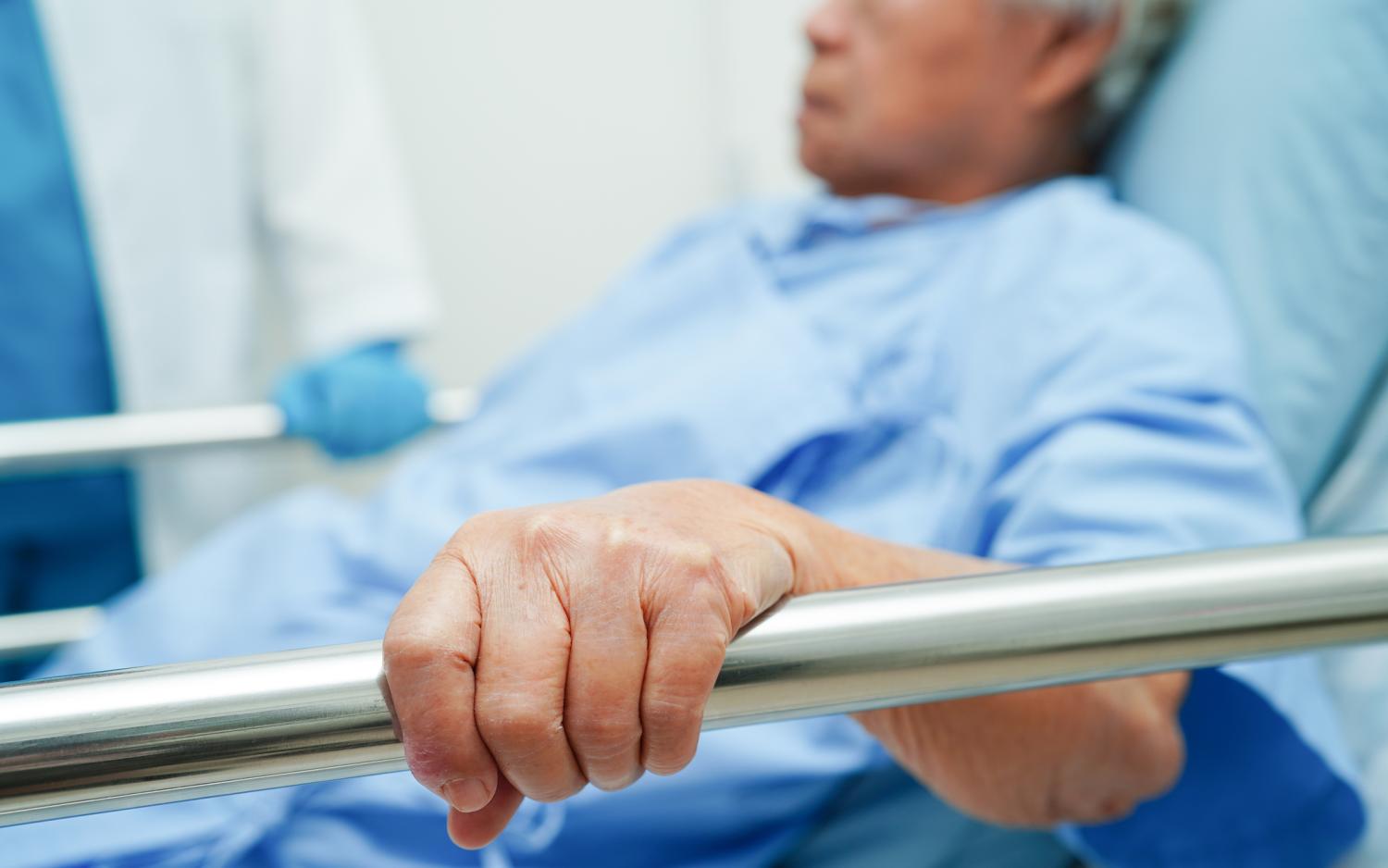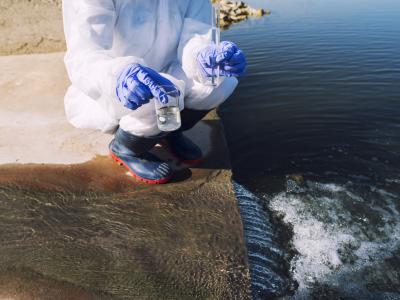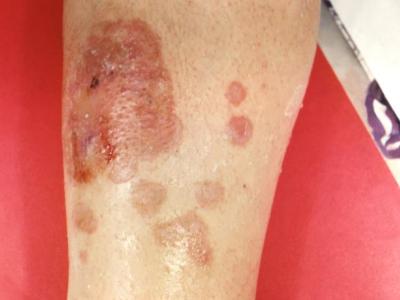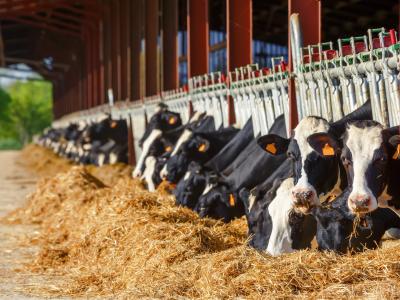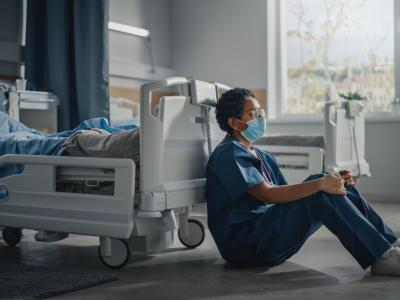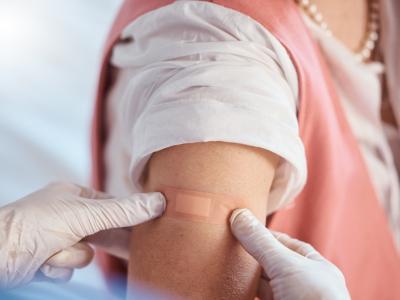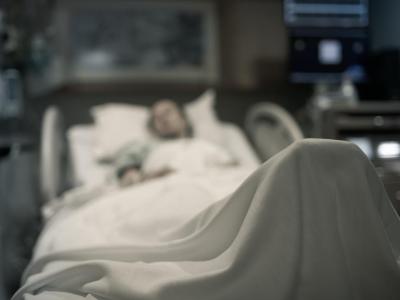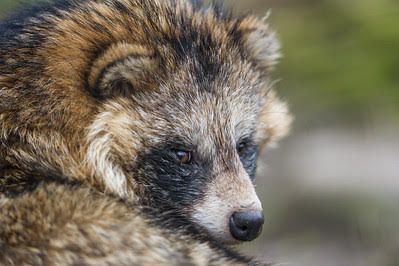
Raccoon dogs may carry and transmit COVID-19–causing SARS-CoV-2 to humans, although critical differences in the enzyme that facilitates viral entry into the cell may make the jump unlikely, a study in PLOS Pathogens finds.
"The key to a coronavirus moving from one species to another is its spike protein's ability to bind to receptors on the cells of the new host," the authors noted.
University of Minnesota researchers probed the interaction between the spike protein of SARS-CoV-2 and angiotensin-converting enzyme 2 (ACE 2), which lets the virus enter the cell. Coronaviruses such as SARS-CoV-2 are known for their ability to jump species, the researchers said.
Raccoon dogs are small, burly, foxlike canines native to East Asia that are thought to have been a possible intermediary in the SARS-CoV-2 interspecies jump to humans, which led to the COVID-19 pandemic. The animals, along with palm civets, are also thought to have been involved in the spread of SARS-CoV-1, the virus that caused an outbreak of severe acute respiratory syndrome (SARS) in 2002-2003.
"Several species are under scrutiny as potential culprits, including bats, pangolins, and raccoon dogs," the authors wrote. "Raccoon dogs came under suspicion after their DNA was detected alongside SARS-CoV-2 genetic material in samples from the Huanan Seafood Market in Wuhan City [China], which is widely considered the pandemic's point of origin."
Could also affect other mammals
Biochemical analysis showed raccoon dog ACE 2 does allow SARS-CoV-2 to enter the cell, although not as effectively as human ACE 2.
Structural comparisons highlighted differences in the virus-binding residues of raccoon dog ACE2 compared to human ACE2 …, explaining their varied effectiveness as receptors for SARS-CoV-2.
"Structural comparisons highlighted differences in the virus-binding residues of raccoon dog ACE2 compared to human ACE2 …, explaining their varied effectiveness as receptors for SARS-CoV-2," the researchers wrote. "These variations contribute to the species barrier that exists between raccoon dogs and humans regarding SARS-CoV-2 transmission."
The discovery sheds light on how SARS-CoV-2 may affect other mammals, as well. "Our research underscores the potential of raccoon dogs as SARS-CoV-2 carriers and identifies molecular barriers that affect the virus's ability to jump between species," they concluded.
